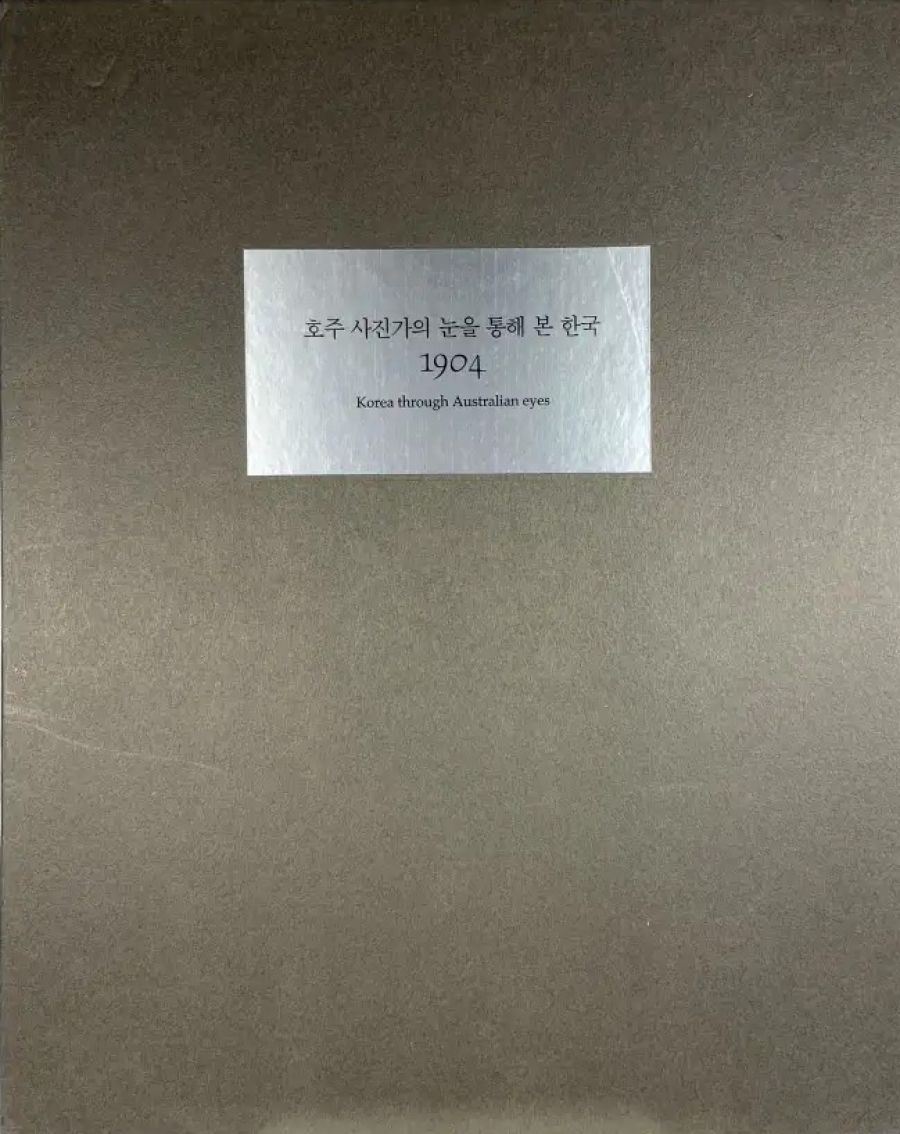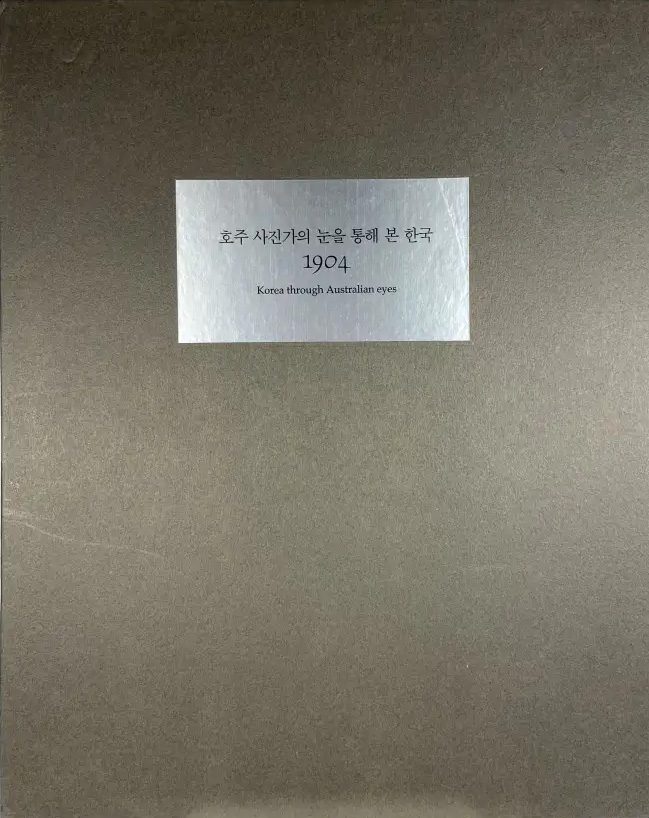
- Free Article: No
- Contents Category: Photography
- Review Article: Yes
- Article Title: The outsider
- Online Only: No
- Custom Highlight Text:
I came away from this book with an unexpected insight – not into George Rose as a photographer, but as a man. His de-facto biographer, Ron Blum, has revealed that Rose was an adventurer who travelled hugely, photographing in at least thirty-eight countries in Europe, North Africa, and Asia. He was also an expert mountaineer who, with his cumbersome photographic equipment, scaled the peaks of New Zealand, Norway, and Switzerland during a long and healthy life (he was vegetarian, never smoked and apparently drank only milk and water).
- Book 1 Title: 1904
- Book 1 Subtitle: Korea through Australian eyes
- Book 1 Biblio: Kyobo Book Centre, $148 hb, 130 pp
- Book 1 Cover Small (400 x 600):

- Book 1 Cover (800 x 1200):

Rose’s travels, however, were motivated by commercial interests as much as by a tourist’s curiosity. He was the founder of the very successful Melbourne-based Rose Stereograph Company, which, decades before the news-reel, sold countless stereographs to a public eager for information about people, places and events. What led Rose to Korea in 1904 was the desire for photographs of a little-known country that the Russo–Japanese war had placed squarely in the news. Because of Korea’s isolationism, it had remained largely untouched by photography: those who had taken photographs in the late-nineteenth century were usually amateurs and Westerners rather than Koreans themselves.
Rose’s activities can easily be located within the larger contexts of imperialism and capitalism. As a photographer and an outsider, he was part of the process of modernity that was dramatically transforming Korean society; paradoxically, it was the traditional way of life that provided his main pictorial interest. Rose believed in the benefits of modernisation, whereas for Rodney Hall, who wrote the foreword, the fact that so little of the past has remained is a matter of regret.
This beautifully produced book illustrates all the known photographs Rose took of Korea during his visits through Seoul, Incheon, Busan and Pyongyang. As Norman Thorpe helpfully points out in his introduction, Rose’s arrival coincided with Japan’s growing foothold in Korea; six years later, Japan formally annexed Korea as a colony. The Japanese presence is obvious in Rose’s images, in the architecture and street scenes; the Japanese in their black kimonos contrast with the Koreans in their distinctive white dress.
One of the strengths of 1904: Korea through Australian Eyes is Thorpe’s extended captions. They are nicely weighted, giving information that elucidates details and meanings in the photographs, whether related to hair styles (a topknot established that a boy was married), to mourning dress or to the status of women (only lower-class women appear on the street, and then only on market day).
As a Caucasian on a brief visit, Rose would always be an outsider in Korea. His realm was the public domain; private and intimate aspects of Korean life remained out of view. Fortunately, he sometimes came across little happenings that charged his photographs with narrative energy. One of the most compelling examples shows a man risking life and limb by scaling the twelve-metre-high city wall to avoid walking the long distance to the city gate.
By the time Rose visited Korea, he was a seasoned photographer who did not appear to develop his style as a result of his new experiences, relying instead on well-honed tricks of the trade. It is here, with regard to Rose’s status as a photographer, that I take issue with the texts in the book. They provide only a generalised context for Rose’s photographic practice and make exaggerated claims for his achievements. References to the work of the great French photographers Eugène Atget and Henri Cartier-Bresson are misplaced. Comparisons with any number of other stereograph photographers working in Asian and Middle Eastern countries during the same period would have been much more useful, or even with other photographer–adventurers, such as the intrepid Frank Hurley.
Finally, a word on stereography, a process that bestows on Rose’s photographs much of their nostalgic appeal. Stereographs present a particular difficulty in publications because they can only be reproduced as two-dimensional images. In this book, fidelity to the original has not been an issue; photographs that would normally be seen as a pair on a card are produced singly and are also dramatically enlarged. This ensures a strong visual presence, but the original interactive and three-dimensional experience of looking at a stereograph can only be imagined.
George Rose’s photographs are not exceptional in terms of the history of photography, but they are enormously important in Korea’s own history. As Korean photographer Bohnchang Koo notes in his tribute, through these photographs, ‘we once again confront facets of our modern history. This is a historical awareness that only photographs can bring alive in our hearts.’


Comments powered by CComment